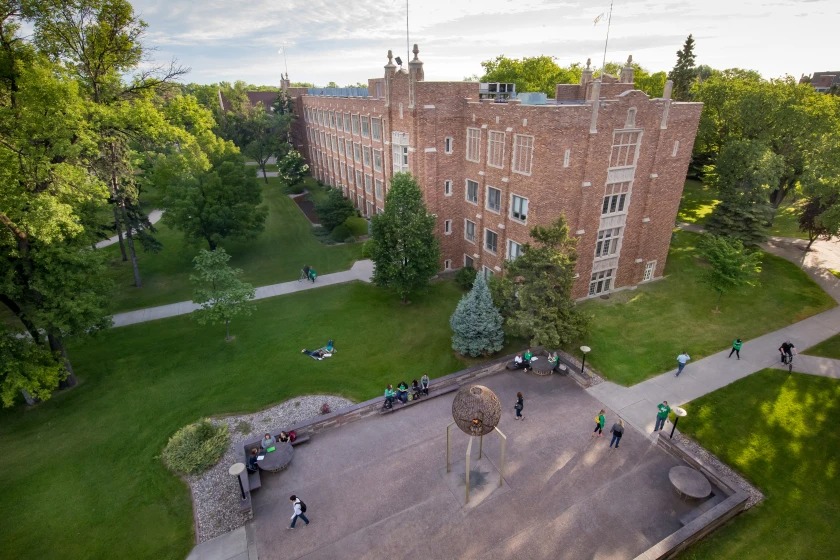“Weird Al” Yankovic will hit the road in 2025 for his first major tour in six years, which includes a June 28 stop at Treasure Island Casino Amphitheater.
Tickets for the pop parodist are priced from $159 to $39 and go on sale at 10 a.m. Friday through Ticketmaster.
“Weird Al” Yankovic will play his familiar parody songs live for the first time in six years when he hits the road in 2025 for a tour that includes a June 28, 2025 stop at Treasure Island Casino Amphitheater in Welch, Minn. (Courtesy of Sam Jones)
Yankovic, 64, began playing the accordion at the age of seven and grew up listening to Elton John, Spike Jones, Allan Sherman, Stan Freberg and Frank Zappa. When he was 16, radio DJ and Minneapolis native Dr. Demento spoke at his high school and Yankovic gave him a cassette recording of a song he wrote about his family’s Plymouth Belvedere. Dr. Demento played it on his syndicated comedy show, which Yankovic credits as the launch of his musical career.
While studying architecture at California Polytechnic State University, Yankovic began writing parody songs starting with “My Bologna,” a riff on the Knack’s hit “My Sharona.” He continued to get played on Dr. Demento’s radio show and, in 1981, joined the DJ’s stage show on tour. The following year, he signed a deal with Scotti Brothers Records.
Yankovic’s self-titled debut album arrived in 1983 and featured the parody singles “Another One Rides the Bus,” “Ricky” and “I Love Rocky Road” alongside seven original songs. He broke to a wider audience with his follow-up, “ ‘Weird Al’ Yankovic in 3-D,” thanks to his hit Michael Jackson parody “Eat It.” MTV put the video into heavy rotation and aired a series of specials starring Yankovic.
While it seemed like Yankovic’s shelf life would be short, he continued releasing albums through 2014’s “Mandatory Fun,” his first to hit No. 1 on the Billboard charts. He has said that’s his final record, although he has since issued a series of singles. Yankovic has won five Grammy awards out of 17 nominations and stands as the biggest-selling comedy artist in history.
In 2018, Yankovic embarked on what he called the Ridiculously Self-Indulgent, Ill-Advised Vanity Tour. On it, he scaled back his multimedia concerts to a more intimate series of theater shows with a set list filled largely with his original songs, not the parody numbers that made him famous. It turned out to be a hit with his fans, and he returned to the concept in 2022.
For his 2025 dates, Yankovic will return to his large-scale set list and stage, with a giant video wall, multiple costume changes and an eight-piece ensemble featuring his original band.
“We’ll be doing all the big crowd-pleasing parodies as well as some deep cuts for the hardcore fans — but with twice as many players on stage, everything is going to sound twice as good,” Yankovic said in a news release.
Related Articles
Last chance: At new 825 Arts, ‘Divas & Drag’ pairs professional opera singers with drag and burlesque artists to explore ‘big emotions of how the music makes you feel’
Minnesota Sinfonia sets October dates for final concerts in St. Paul and Minneapolis
A Perfect Circle, Primus and Puscifer to play joint tour that stops at Xcel Energy Center in June
‘Field of Bands’ fundraiser to aid veterans and troops
Donald Glover postpones his Childish Gambino tour, which includes a stop in St. Paul




